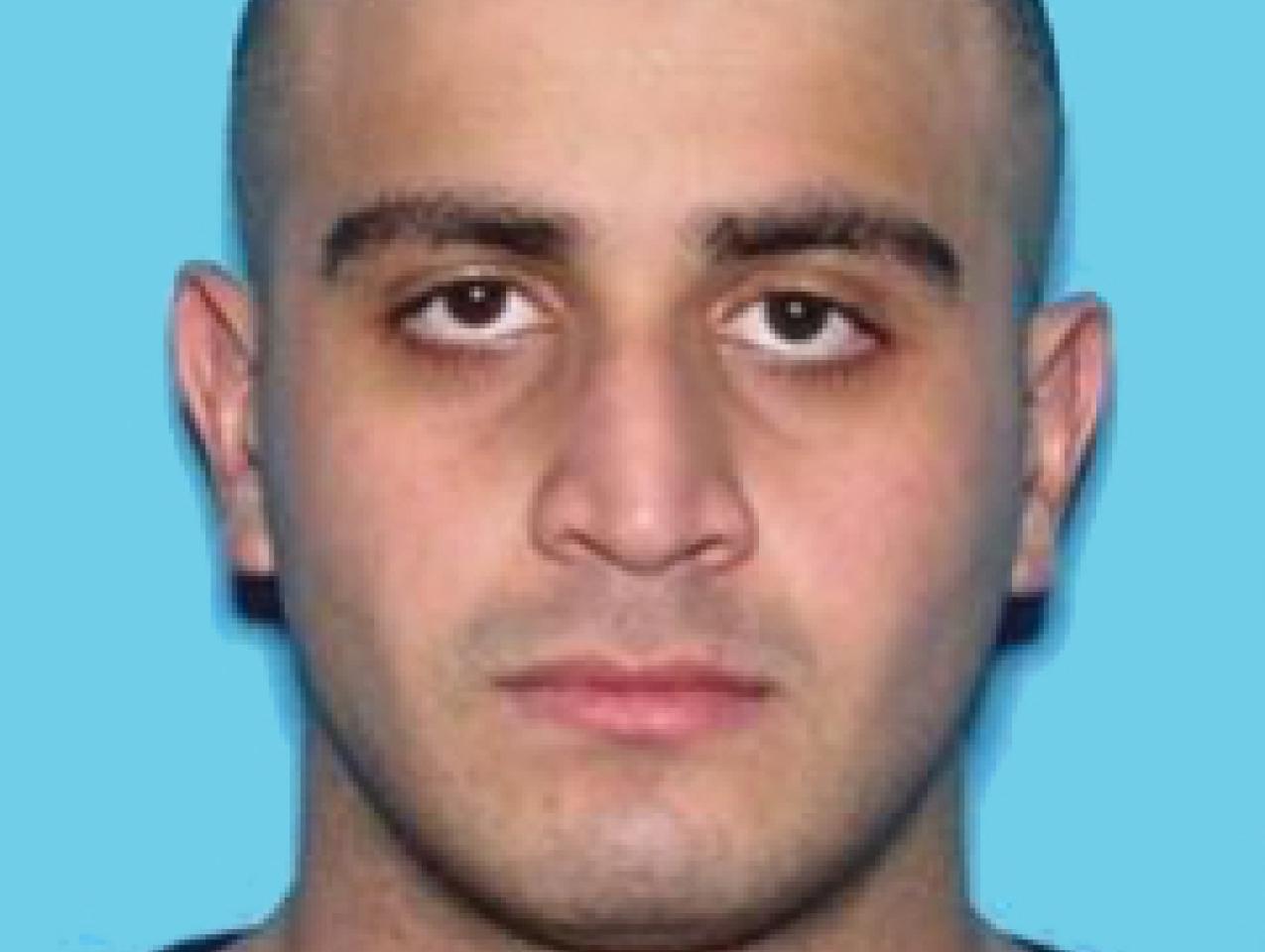The word “terrorism” entered the lexicon in the late eighteenth century. What was then a neologism has since become such a familiar term that its meaning has been stretched rather thin. Current events demand that our vocabulary be expanded to acknowledge an essential distinction between terrorism and what could be called “shockism.”
Terrorism uses violence to set in motion a political dynamic. “Shockism” uses violence to induce revulsive publicity. There is some overlap between the two. Both have recourse to indiscriminate violence toward civilians. Sometimes terrorists use shockism for publicity. Sometimes “shockists” claim a political agenda, because passing as terrorists is likely to amplify their publicity impact. But they should not be confused, and it is critical to understand that the hateful acts that make the news today—such as the recent mass shooting in Orlando—are one part terrorism and two parts shockism.
The attacks of 9/11 are a good example of the hybridization between shockism and terrorism. Like the Oklahoma City bombing, 9/11 was terrorism, with a clear political message sent to the US government. But like the Columbine massacre, it was shockism, designed to impress global minds with an extraordinary, if politically futile, performance. It is this dual nature of 9/11 that, in the years since, has furthered the confusion and cross-pollination between terrorism and shockism. As a result, terrorists who could have had a genuine political strategy occasionally lost their bearings, and engaged in expressionist atrocities that ultimately hurt their cause. Conversely, social outcasts in search of acknowledgement have framed their lethal performance in Islamist terms, hoping to appropriate some of the fame Al Qaeda acquired on and after 9/11.
Da’esh, the self-proclaimed Islamic State and Caliphate, is the monstrous child of 9/11, part terrorist organization and part producer and performer of shockist events. In the age of YouTube and compulsive selfies, Da’esh has perfected provocation to an art form, beheading and immolating prisoners in choreographed and videotaped executions. The Western public is its favorite audience, and its vanity is such that Da’esh has been willing to adopt all the orphaned horrors perpetrated in the West by loners or micro cells. But loud reciprocal claims do not mean Da’esh is directly responsible for any of those attacks; they only points at an obscene symbiosis in the universe of provocateurs.
Since the mid-2000s, the so-called “terrorist” attacks in Europe and the United States have been of the performative, shockist kind. The perpetrators were psychologically or socially unstable, and plotted and executed mass killings to give a purpose and finality to their lives. There is no need for a political and geostrategic analysis here; a socio-psychological diagnosis suffices. Shocking is a form of personal expression relatively common among social marginals, both in isolation and in clusters. In fact, each generation produces cliques of teenagers and young adults who invent fashions and lingoes and adopt provocative behaviors to offend those around them and escape anonymity. Think of zoot suiters, mods, hippies, punks, and rappers; and think of those who, like skinheads, gangbangers and riotous soccer fans, find in violence their distinctive trademark. The street brawls and rioting of hooligans, like the mass killings of terrorist wannabes, express an identity that desires to stand out in the frighteningly vast social landscape. Performances derive their power from the relation with an audience. It is not just the action of the performer, but also the reaction of the public to it that, together, create an event. If the goal is to provoke the most intense reaction—be it abhorrence—violence will generally do that. You simply need the courage to live (or die) with the consequences.
The latest Orlando shooting is such an act. It is, in part, an installment in the series of suicide-by-mass-shooting where the connection to jihad is entirely optional. If the pilot was the Columbine school massacre, the strongest episode to date remains the 2012 Sandy Hook elementary school shooting, in which 20 children perished. Orlando is also one of those B-series sequels to 9/11, where aspiring shaheeds (martyrs) turn against their American neighborhood while paying lip service to the jihadist cause. The strategic value of their action is incomprehensible with regard defending the interests of Islam and Muslims, but in a culture obsessed with celebrity, it makes sense in terms of pure impact. The intensity of the memories of 9/11 is such that anyone firing a gun screaming Allahu Akbar will become a social network sensation. Here, the American killing is transcended by its tangential connection to global issues.
The selection of target in Orlando—a nightclub catering to the LGBT community—speaks to the recent centrality of LGBT rights in American moral and political discourse. But it is also in line with many recent Jihadist attacks against soft targets. Since the 2002 Bali bombings, which killed 202 in a crowd of tourists, militants have attacked restaurants and bars, tourist spots, concert halls, beaches, museums, hotels, and sports events. Jihad in the twenty-first century is a war against leisure and entertainment.
It is also, in part, a hypocritical war against sex. Hypocritical, because sex is central to the motivation and recruitment of jihadists. Many, both males and females, are lured from distant countries to the battlegrounds of jihad by prospects of getting paired with a mate. The records of Da’esh, in particular, show how central sexual trafficking has been to its operations, and that the meaning of marriage in the Islamic State includes the acquisition and transfer of sex slaves. Yet, although sex is not absent from jihad, sin is not absent from sex either. Jihadists often struggle to purify themselves from the carnal dimension of their existence, even though reproduction is part and parcel of their religious mission. It is those tormented purification efforts that often backlash against females, who are simultaneously sexual objects of desire and sources of corruption, simultaneously sought after and despised.
In the case of same-sex relations, several surats of the Quran retell the Biblical story of Lut (Lot), a man who exhorted his neighbors to abandon sodomy, and who was spared when God destroyed their town (Sodom). Quranic objections seem rather absolute, but punishment is left to a generally merciful God. Historically, the Muslim world has been tolerant of (at least male) homosexuality. In the Victorian era, it was not uncommon for wealthy Europeans to escape to the region to pursue transgressions with younger boys that would have seen them severely punished back home. Established men, foreign and native alike, could enjoy the sexual company of younger boys within the extensive boundaries of privacy Islam afforded. (It was the same for female prostitutes and slaves.)
This state of affairs began to change with the rise of nationalism and socialism in the region, precisely because it appeared exploitative of the poorer, native population, in a context where the colonial elite was openly homophobic. In an Orientalist twist, Europeans could look down on Muslim males because some were amenable to engage in homosexual relations (with European males). If customary Muslim homophobia was derivative of the Old Testament, its modern incarnation was arguably derivative of Western homophobia.
In the mid-twentieth century, the cause of independence in the Middle East united secular and religious nationalists. This honeymoon would be brief, shattered by bitter political rivalries, but it would leave Islamists with a strong foothold on cultural matters. Sexual morality, especially homosexuality and female sexuality, would become a battleground for the Islamists. In part, homophobia was a dimension of religious revivalism, of the reaffirmation of the core principles of Islamic Law as they could be derived from the Quran and the hadiths. But more than that, homophobia became a cornerstone of legitimacy. The most radical Islamists, the salafists and the jihadists, are outsiders with a mandate to reshape society by conviction or by force, and morality is their only credential. It is because they are morally superior to everyone else that they can make their claim, and this morality has to be demonstrated. Immodest women and homosexuals, if they are to be seen in the public eye, are the opportune theater of their righteousness.
The prominence of morality in the self-definition of salafists and jihadists is paradoxically intertwined with their intimacy toward violence. They are extraordinarily moral because they punish the flesh and kill, but the bloodshed regularly tests the boundaries of their morality—particularly in relation to suicide operations, and to killing fellow Muslims, both of which are sins. Intellectuals have devoted tomes to reconcile the irreconcilable, while in reality militants are improvising, following their own inclinations and the fashion of the day, killing as they go. Crucially, the focus on morality has excused amateur jihadists from political thinking. This is why, over the last decade, their operations in the West had nothing to do with terrorism, and everything to do with expressionist shockism.
Killing is a moral statement that elevates the assailant over his victims. It is not part of a global plot, but the gory street performance of a lifetime, an act of pure self-gratification within one’s own cultural frame of reference. The fact is that each attack, however pointless, has inspired and legitimized the next. The Fort Hood shooter (2009) inspired the Boston Marathon bombers (2013) who inspired the San Bernardino shooters (2015) who likely inspired the Orlando shooter (2016). A similar trail can be found in Europe, one tragedy feeding into the next. The killings will not increase in frequency, but they have no reason to stop as long as the psychological and cultural environment is what it is.
The Muslim world exhibits such a formidable array of violence that blood and death are central to our ideas of the region. And the immediate and intense reactivity of Western political elites, media, and public to any kind of violent Islamified performance is guaranteed to preserve its appeal. It will not be easy to do anything about the region, but it would be worth withholding from suicidal provocateurs some of the attention they crave.
















